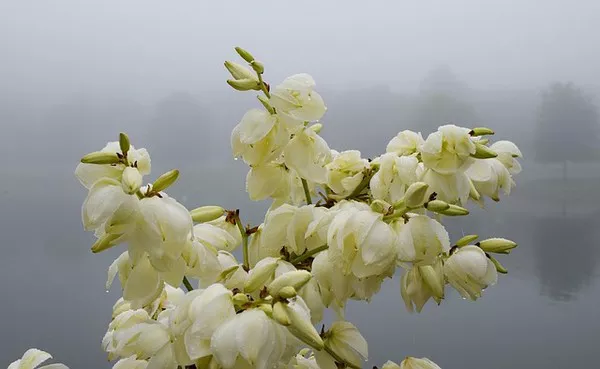Flowers, with their delicate allure and vibrant hues, have the power to transform any setting into a tapestry of natural beauty. Their ephemeral nature, however, often leaves us yearning to prolong their freshness and vitality. Thankfully, there are proven strategies that can significantly extend the lifespan of your floral arrangements. In this comprehensive guide, we delve into the art and science of what makes flowers last longer, offering insights and practical tips to enhance your floral experience and allow the blossoms to flourish for an extended period.
Understanding Flower Longevity: The Basics
At the heart of understanding what makes flowers last longer lies a combination of factors that influence their vitality, hydration, and preservation. The process involves both the maintenance of the flowers’ internal systems and the creation of a suitable environment that supports their well-being.
1. Quality Selection: The Foundation of Longevity
a. Start with Freshness: Optimal longevity begins with selecting fresh and high-quality flowers. Choose blooms that exhibit vibrant colors, taut petals, and an overall healthy appearance. Avoid flowers with wilted or discolored petals, as these are signs of deterioration.
b. Shop Local: Whenever possible, opt for locally sourced flowers. These blooms have generally endured shorter transportation times and are likely to be fresher upon arrival.
2. Proper Preparation: A Precursor to Lasting Beauty
a. Clean Vessels: Before arranging your flowers, ensure that your chosen vase is thoroughly cleaned. A combination of warm water and a mild detergent should suffice. Rinse the vase well to eliminate any residue that might promote bacterial growth.
b. Prudent Trimming: Using sharp scissors or a floral knife, trim approximately one inch from the bottom of each stem. Trim the stems at a diagonal angle to increase the surface area available for water absorption.
c. Foliage Removal: Remove any foliage that would be submerged in water. Submerged leaves can lead to bacterial growth, clouding the water and potentially shortening the flowers’ lifespan.
3. Hydration and Nutrient Management: The Lifeline of Blooms
a. Fresh Water: Fill the vase with fresh, room-temperature water. Change the water every two days to prevent the buildup of bacteria.
b. Flower Food: Many floral arrangements come with packets of flower food. Follow the instructions to mix the flower food with the water. Flower food provides essential nutrients and helps maintain water clarity.
c. Consistent Water Levels: Regularly check the water level in the vase, ensuring that the stems are submerged. Certain flowers, particularly those with woody stems, are thirsty and require adequate hydration to thrive.
4. Strategic Placement: Setting the Stage for Longevity
a. Indirect Light: While flowers need light for photosynthesis, direct sunlight can accelerate wilting. Place your arrangements in spots that receive indirect sunlight to prolong the blossoms’ lifespan.
b. Temperature Considerations: Avoid exposing your flowers to excessive heat. Keep them away from heat sources such as radiators, stoves, and heating vents, as higher temperatures can hasten wilting.
c. Ethylene Protection: Ethylene gas, emitted by fruits and some household items, accelerates the aging of flowers. Keep your floral arrangements away from ethylene-producing items to prevent premature wilting.
5. Practical Tips and Tricks for Flower Longevity
a. Stem Recutting: Every few days, recut the stems at a diagonal angle before placing the flowers back in fresh water. This practice prevents blockages and allows for improved water uptake.
b. Hydration Boost: Mist delicate flowers, such as roses, with water. This practice helps maintain their moisture levels, preventing them from drying out too quickly.
c. The Power of Aspirin: Dissolve a crushed aspirin tablet in the vase water. The salicylic acid can help the flowers absorb water more effectively, leading to enhanced hydration.
d. Penny for Your Thoughts: Drop a copper penny into the vase water. The copper acts as an acidifier, preventing the growth of harmful bacteria.
e. Sugar Splash: Add a small amount of sugar to the vase water. Sugar serves as a nutrient source, prolonging the life of the flowers.
In Conclusion: Celebrating Floral Longevity
As nature’s exquisite gifts, flowers possess a transient charm that graces our lives with moments of beauty. However, by understanding and implementing the principles that contribute to flower longevity, we can extend those moments and enjoy the splendor of blooms for an extended period. From quality selection and proper preparation to strategic placement and hydration management, the science and art of making flowers last longer provide us with the means to celebrate their magnificence day after day. Whether adorning our living spaces or brightening special occasions, the radiant beauty of flowers can be cherished for an extended and memorable time.


